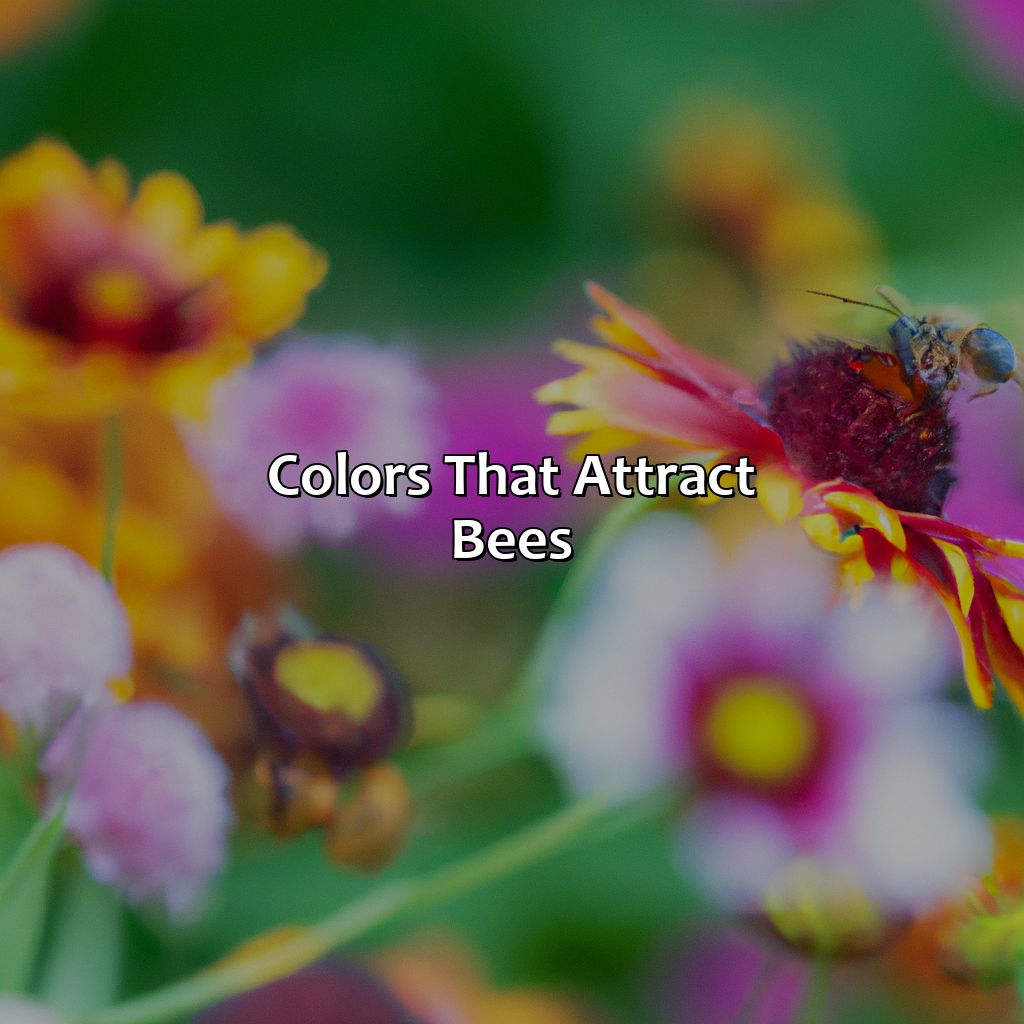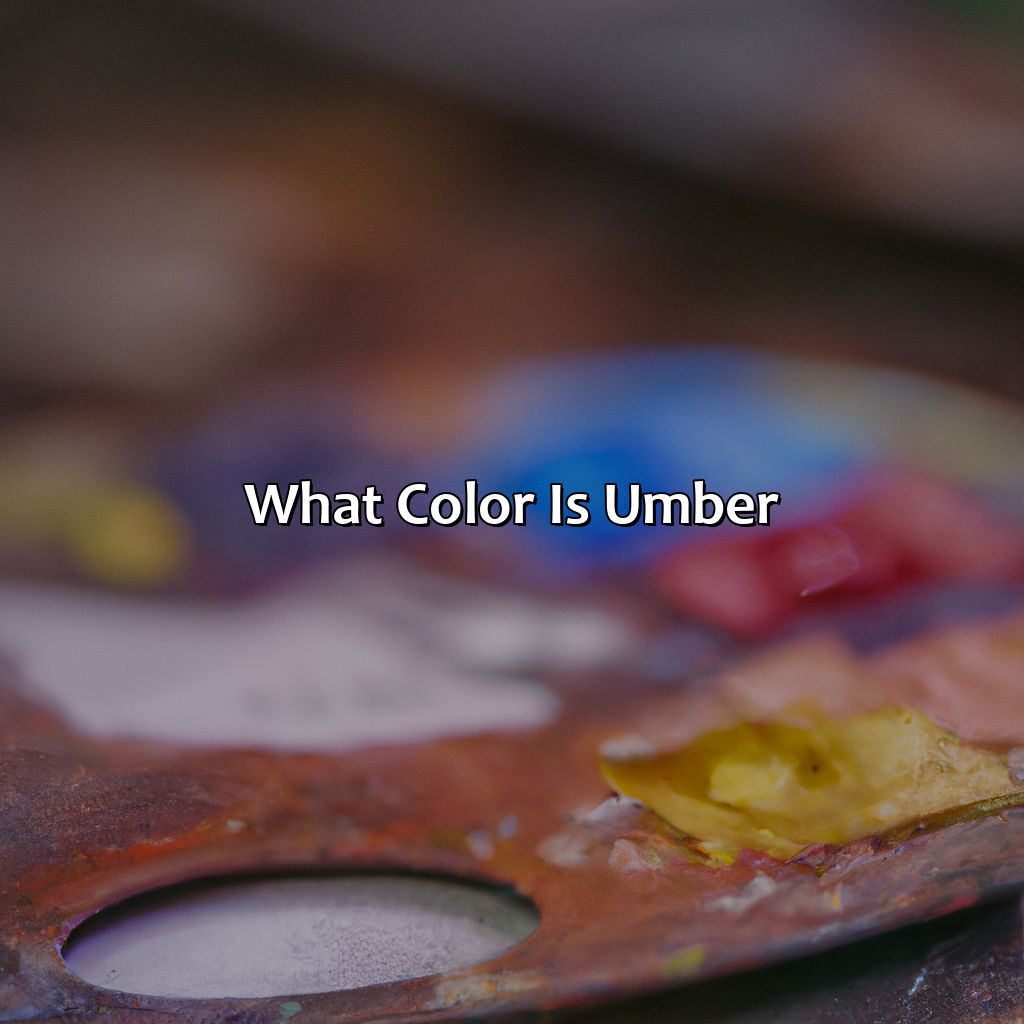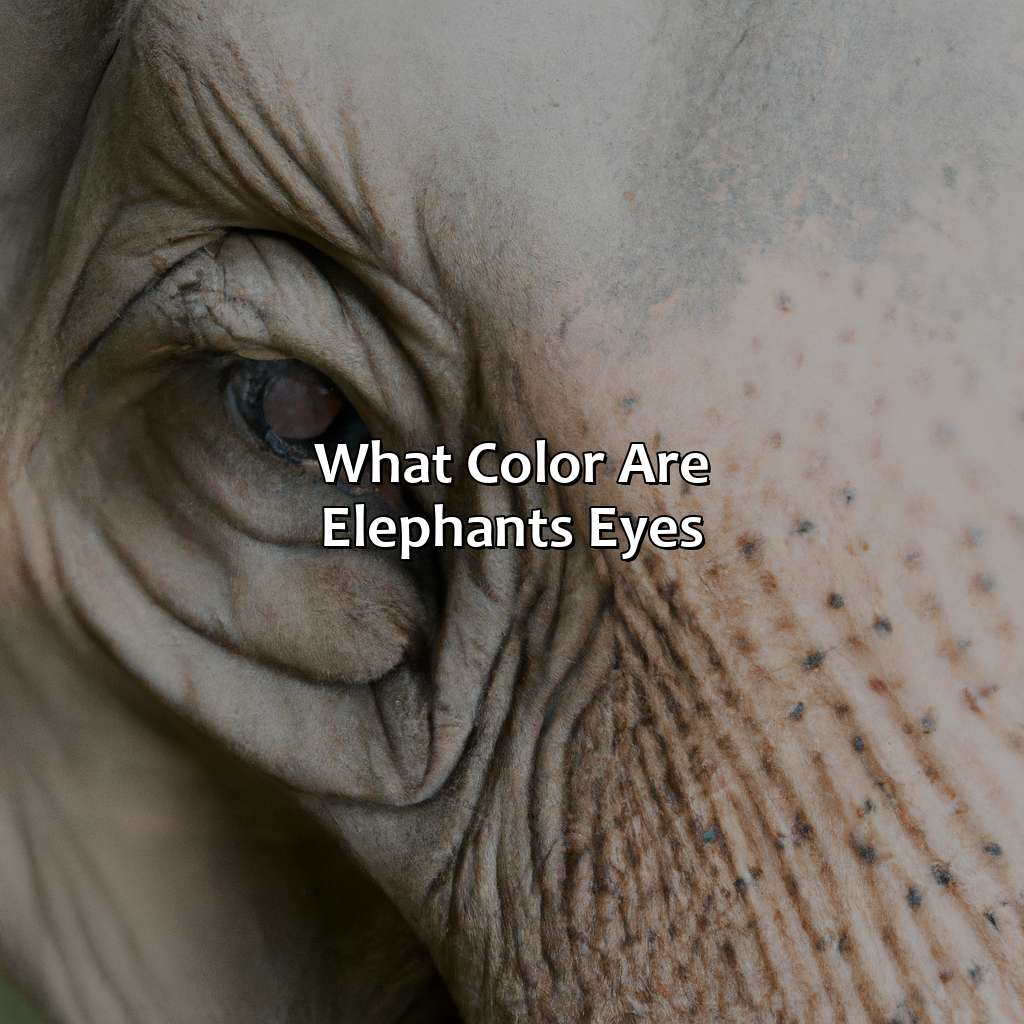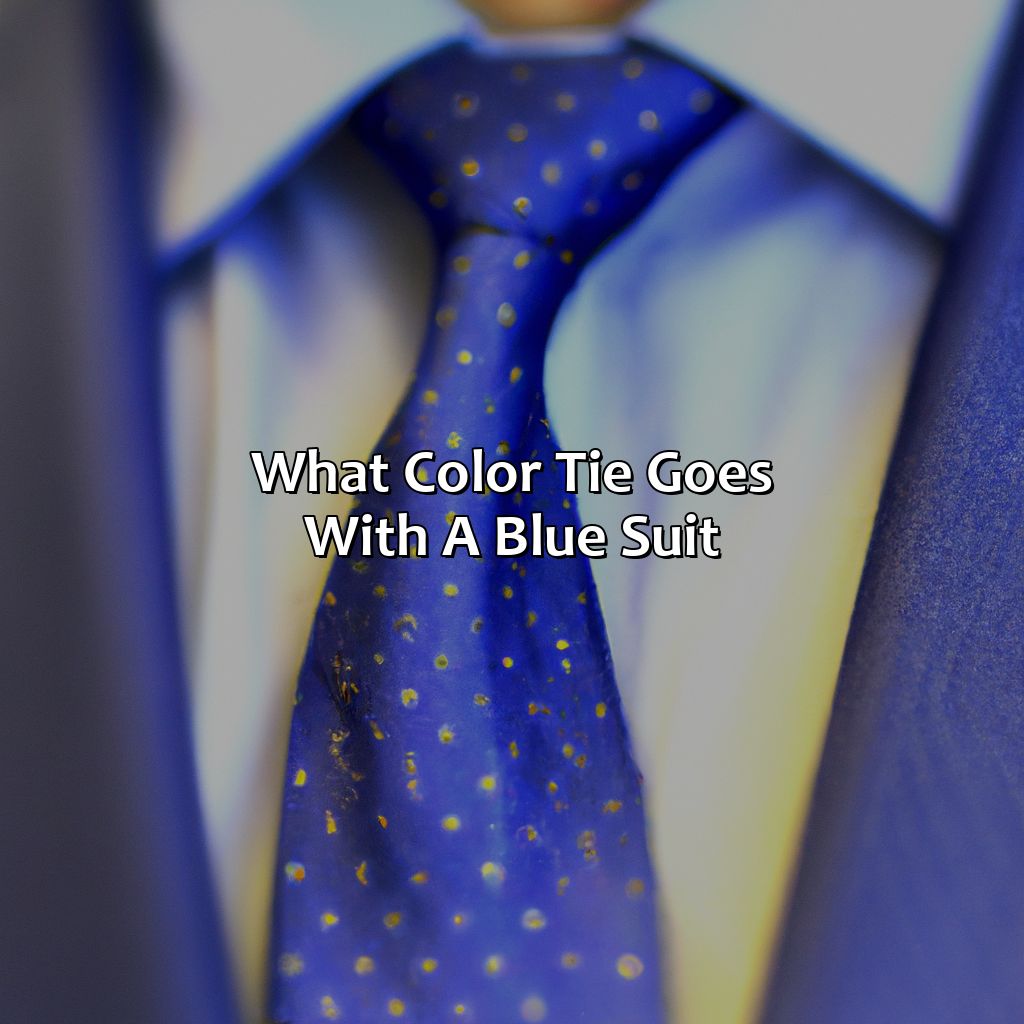Key Takeaway:
- Bees are attracted to colors in the blue and yellow range of the spectrum, but cannot distinguish the color red.
- Choosing the right colors when planting bee-friendly gardens or selecting beekeepers’ attire can help increase bee populations and maximize honey production.
- Bee-friendly color combinations include shades of yellow, blue, and purple, while red and black colors should be avoided to prevent repelling bees.
The Science Behind Bee Attraction

Photo Credits: colorscombo.com by David Torres
To grasp bee attraction science, you need to comprehend how bees detect and are drawn to colors. Grasping this can help you use the correct colors in your garden and draw bees easily.
To do so, there are two subsections to ponder.
- The first one is, “Why Do Bees Prefer Some Colors Over Others,” which explains the connection between colors and bees and why some colors are more attractive to bees.
- The second is, “Importance of Choosing the Right Color for Attracting Bees,” which emphasizes the importance of selecting bee-friendly plants and the right colors to maintain a bee-friendly garden.
Why Do Bees Prefer Some Colors Over Others?
Colors play an essential role in the world of bees as they require specific colors to navigate towards flowers for pollination. But, what is the science behind why bees prefer certain colors over others? Bees have three color receptors that can perceive ultraviolet and blue-green light in comparison to red or green. These receptors help bees differentiate between flower colors, which aid them in finding nectar and collecting pollen. Additionally, bee color vision detects different pigments found within various types of flowers.
The ability to identify different pigments present in flower colors is crucial for bees as it enables them to recognize similar patterns among other blossoms. This familiarity helps them save time while searching for food sources as they know what type of flower would provide them with the best nutrition. Moreover, bees are attracted to high contrast floral objects with vivid pigments, attracting their attention towards potential food sources.
While yellow flowers are popular among bees due to their contrast against green foliage, blue and purple blooms attract bees for their UV color reflection and strong intensity as well. Flowers that have dark shades are challenging to detect by bees and may not be attractive as brightly colored petals.
A significant factor when choosing the right colors for attracting bees is avoiding shades of red and black since these colors do not look appealing according to a bee’s vision system. Since the coloring may confuse or repel nearby insects despite being colorful from a human perspective.
One true fact about bee color vision is that some bumblebees cannot differentiate between blue-red flowers from yellow-blue flowers correctly because their eyes lack enough spectral overlap’s perception of blues and greens affects how they view some flowers’ distinct pollen guides. (Source: Current Biology)
Choosing the right color for your bee-friendly garden is important – unless you want your plants to be as lonely as the last bee at the hive party.
Importance of Choosing the Right Color for Attracting Bees
Choosing the appropriate color schemes for bee-friendly plants is crucial in promoting pollination. Honey bees and color perception have a direct correlation, and choosing the right hues can make all the difference in attracting them to your garden. Creating a balanced palette of colors that are attractive to bees serves as an incentive for their foraging activities, maximizing pollination efficiency, and increasing crop yields.
When it comes to bee-friendly gardening tips, selecting vivid shades like yellow, blue, and purple has been noted to provide maximum appeal to bees’ eyesight range. These colors emit UV light wavelengths that attract bees’ attention more than others. Understanding how insects perceive colors assists gardeners in choosing suitable plant varieties that complement each other’s palettes. Choosing the right color scheme doesn’t only assist with attracting honeybees but also other beneficial insects that play a vital role in maintaining an ecosystem.
Apart from effectively attracting pollinators, choosing the right colors also plays a part in keeping insects away from your garden plants. Colors like red and black tend to repel these beneficial insects, delaying pollination processes or decreasing crop yields.
It is essential not only to choose the right colours but also to incorporate different bloom times into a garden design throughout the year—this helps maintain pollen production throughout the growing season while providing additional sources of nectar for honey bees and other pollinators. Pro Tip: Choose a variety of flowering plants that extend blooming periods through different seasons of the year to maximize your garden’s potential to attract beneficial insects such as honey bees!
Beehold, the bee-friendly colors that will have your garden buzzing with activity.
Colors That Attract Bees

Photo Credits: colorscombo.com by Larry Campbell
For bee attraction and bee behavior, the “Colors That Attract Bees” section has the answers. It has sub-sections discussing colors that bees like, bee-inspired color schemes, and the right colors to attract bees. Sub-sections include:
- Yellow and shades of yellow for bee-friendly color coding and the flowers they love.
- Blue and shades of blue for landscaping color schemes and bee navigation.
- Purple and shades of purple for beekeeper attire and the link between color and honey production.
Yellow and Shades of Yellow
The striking color of yellow is one of the most favored hues for attracting bees. Research indicates that bees are attracted to flowers in shades of yellow because they perceive them as a source of nectar. Bee-friendly color coding suggests that using vibrant shades of yellow can help lure these important pollinators to your garden or crops. Notably, brighter shades of yellow tend to be more attractive compared to dulled-out tones.
When it comes to bee-friendly colors, it’s worth noting that different bees may be attracted to varying hues. For example, honeybees and bumblebees are drawn towards lighter shades of yellow like lemon-yellow and pale-yellow respectively. Other species such as sweat bees may prefer brighter, sunflower-like yellows.
Bear in mind that not all yellow flowers will attract bees equally, some might produce too little nectar or have scents that repel them instead. So when choosing a flower species aim for those with bright, vibrant hues and high nectar volume.
Interestingly enough, the wavelength of light which entices honeybees ranges between 570nm-590nm producing colors like lime-green and chartreuse which are almost fluorescent in brightness.
In summary, yellow is among the top-ranked bee-friendly colors because research links them directly with the plant’s pollen strength and nectar resources which are critical sustenance components for bees. Therefore planting various shades ranging from lemon-yellow to sunflower yellows can help boost honeybee numbers while adding a splash of floral scenery to your yard or farm field.
Want your garden buzzing with bees? Paint it blue and they’ll be sure to come through!
Blue and Shades of Blue
Blue and related shades such as navy and sky blue are one of the bee-friendly color schemes for landscaping. Bees are known to be attracted to blue, making it a good choice when trying to attract them. Blue is believed to play a role in bee navigation, aiding their ability to locate nectar sources more easily.
| Blue | Benefits | Natural Sources |
| Sky Blue | Calming and soothing | Blue flowers such as Forget-me-nots and Chicory |
| Navy Blue | Evoke feelings of trust and authority | Borage, globe thistles, and bellflowers. |
| Royal Blue | Sophistication and luxury feels or nature elements. | Centaurea montana, Salvia azurea , Phacelia campanularia. |
Interestingly, bees also see violet as a shade of blue, which means any violet blooms can also be attractive to bees. Additionally, using blue or violet-colored plants near orange or yellow blooms can create an even stronger attraction for bees.
An anecdotal story shared on Gardenista tells the tale of how a gardener who used mainly yellow flowers in her garden was not attracting nearly as many bees as she had hoped for. Upon adding some pops of blue through planting lavenders and veronicas in her yellow beds, the focus of the garden changed entirely once more bees came swarming.
Purple is perfect for attracting bees and matching your beekeeper fashion, just don’t expect it to magically boost your honey production.
Purple and Shades of Purple
Purple and Its Various Shades are Also Attractive to Bees
Purple is another color that attracts bees. Similar to blue, the purple color lies between the UV spectrum of light, which enables bees to detect it more efficiently. The flowers in shades of lilac, lavender, and violet are the most common types of purple plants bees love. These flowers can help beekeepers increase their honey production and preserve their hives.
Moreover, purple is also suitable for selecting colors for beekeepers’ attire as it draws less attention from aggressive bees than other bright colors. Including purple along with yellow and blue in a bee-friendly planting guide can attract various bee species while helping the beekeeper recognize which flower or plant they pollinated.
A true fact is that bees see purple as a sign of nectar-rich flowers and frequently prefers them over other colors such as orange or red (source: www.groworganic.com).
Bright colors may be trendy for outdoor furniture, but they’re not exactly bee-friendly.
Colors That Repel Bees

Photo Credits: colorscombo.com by Albert Hall
Bee safety in outdoor spaces is essential. Colors can attract and repel them. To create bee-friendly lighting and furniture, we need to understand the effect of colors. Let’s look into two sub-sections – Red and Shades of Red, and Black and Dark Colors.
Discover how different colors impact bees and how to use them for bee safety.
Red and Shades of Red
Red and Its Effects on Bees
Red is known for its vibrant, eye-catching hue but when it comes to attracting bees, red and shades of red can be a challenge.
- Bees tend to avoid red flowers as they don’t see the color red as vividly as humans do.
- Their eyes perceive long wavelengths better than short ones, which means that they struggle to differentiate between colors such as yellow, green, and red.
- Bees generally associate the color red with danger or predators in their natural habitat, which also causes them to steer clear of this color.
However, if you’re looking for bee-friendly color harmonies or bee-friendly carpet colors, there are ways to incorporate splashes of red without completely repelling these pollinators. Instead of using solid blocks of bright or dark reds, opt for hues like coral or pink that are more muted. These shades have less vibrant tones that won’t confuse the bees.
It’s worth noting that although some studies claim that millions of bees cannot see the color red at all, other research disputes this statement. According to The Science Times article “How Color Affects Honeybees’ Memory and Ability Entomologists Find” by Jeric Penaflorida (2021), “Honeybees can actually learn and recognize complex odor-color patterns associated with food sources in the environment.” Therefore it might not be accurate to definitively state bees can’t see the color entirely.
Is your goal to repel bees? Dress head-to-toe in black and they’ll buzz right by you!
Black and Dark Colors
Dark Hues and Bees’ Attraction
Black and other dark hues also have effects on bees’ preference and attraction towards flowers. Here are some notable points to consider when using dark colors to attract or repel bees:
- Be cautious in using black or dark tones, as they are mainly associated with danger and aggression for the bees.
- Research shows that bees tend to avoid foraging in flowers with a high frequency of darker pigments, such as ultraviolet-absorbing compounds.
- If you’re experimenting with dark shades, try pairing them with lighter shades or placing light-colored objects near them to provide enough contrast.
- Bee-friendly materials and colors should be used exclusively in garden spaces. Artificial paints may contain toxic components that can harm insects. Avoid pollution contributing material use for gardening.
It is worthy to note the effects of pollution on bee education regarding color recognition as well. The impact of pollution on bee ecology has shown changes in their ability to recognize floral patterns, colors, and scents accurately. Honeybees serve as indicators of environmental contamination; therefore, we must choose our gardening tactics that ensure safe habitats for these vital pollinators.
An intricate knot connects beneficial plant growth with pollinator survival: growing bee-friendly plants entails planting organic varieties, avoiding pesticide pollutants, fostering green waste reduction practices and choosing appropriate material-based colors for garden ornaments. It’s time we start considering bees more consciously by making informed choices even regarding something as simple as the garden aesthetic setup.
According to a study published in the journal Environmental Pollution, “Urbanization affects peak flowering phenology of Black Locust.”
Summary of Key Points
Bee-Attracting Color Schemes
Here are the three key takeaways being discussed for bee-friendly gardening based on the science of flower colors and bee vision spectrum:
- Yellow is highly attractive to bees, along with shades of yellow that reflect UV light.
- Shades of blue and purple also capture bees’ interest due to their similarity to blue flowers.
- Red and dark colors tend to repel bees, providing little appeal.
It’s important to remember that bee color preference can vary by species, so using a variety of attractive colors in garden designs ensures their attention. Finally, let’s put the key points into practice with a true story.
Jessica was experimenting with various types of native plants in her garden when she noticed an unusual increase of honeybees swarming towards her Obedient Plant. She soon discovered they were attracted to its unique mauve bloom that resembled the appearance of water – something that bees naturally gravitate towards!
Tips for Using Colors to Attract Bees
Using Colors Strategically to Attract Bees
To design outdoor spaces for bees and beekeepers, color schemes play a crucial role. When choosing colors, ensuring bee-friendly color quality is crucial as it affects the pollinator behavior. Here are some tips for using colors strategically to attract bees.
- Use yellow or shades of yellow: Yellow is the most preferred color by bees as it stimulates their color receptors well.
- Include blue or shades of blue: Blue flowers work well in attracting bees, particularly bumblebees.
- Add purple or shades of purple: Purple flowers contain both blue and ultraviolet pigment known to attract long-tongued bees.
- Avoid red and black: Bees view red as black; hence it is seen as void-like and avoided. Dark-colored flowers generally repel bees.
Additionally, note that the effects of artificial colors on bees are not yet understood. Therefore, natural coloring is ideal when attracting these pollinators.
Pro Tip – Consider planting flowers with complementary colors to get a desirable effect.
Some Facts About What Color Attracts Bees:
- ✅ Bees are attracted to flowers that are blue, purple, and yellow. (Source: Farmer’s Almanac)
- ✅ Red is not a color that attracts bees. (Source: Home Guides)
- ✅ Bees see ultraviolet light, so flowers with UV-reflecting flowers are particularly attractive to them. (Source: Discover Magazine)
- ✅ Bees are not attracted to white or green flowers, as these colors do not appear as brightly in UV vision. (Source: Gardening Know How)
- ✅ Bees are attracted to flowers with nectar guides, or patterns that act as signposts to guide them towards the nectar. (Source: Science Daily)
FAQs about What Color Attracts Bees
What color attracts bees the most?
Bees are most attracted to flowers that are blue, purple, and yellow. These colors appear particularly bright to them and are associated with sweet nectar and pollen-rich rewards.
Do all bees have the same color preference?
Not all bees have the same color preference. Some species are more attracted to warmer colors like orange and red, while others prefer cooler colors like blue and purple. It ultimately depends on the bee’s vision and foraging habits.
How can I incorporate bee-attracting colors into my garden?
You can incorporate bee-attracting colors in your garden by planting flowers with blue, purple, and yellow blooms. For example, popular options include lavender, sunflowers, and bee balm. Additionally, you can add colorful garden decorations like wind chimes, flags, and pottery.
Can artificial colors attract bees?
No, artificial colors do not attract bees. Bees are specifically attracted to the colors and scents of floral nectar and pollen. Therefore, even if an artificial decoration is brightly colored, it will not lure in bees like a real flower would.
Are there any colors that repel bees?
There are no colors that repel bees, but they are less attracted to certain colors like green, brown, and white. These colors blend in with the surrounding environment and do not stand out to bees as potential food sources.
What if I have a bee allergy and want to avoid having bees in my garden?
If you have a bee allergy and want to avoid having bees in your garden, you can try planting flowers that are less attractive to bees like green and white blooms. Additionally, you can install bee repelling devices like decoy wasp nests or electric bug zappers.





